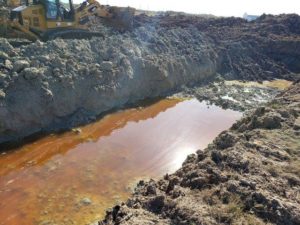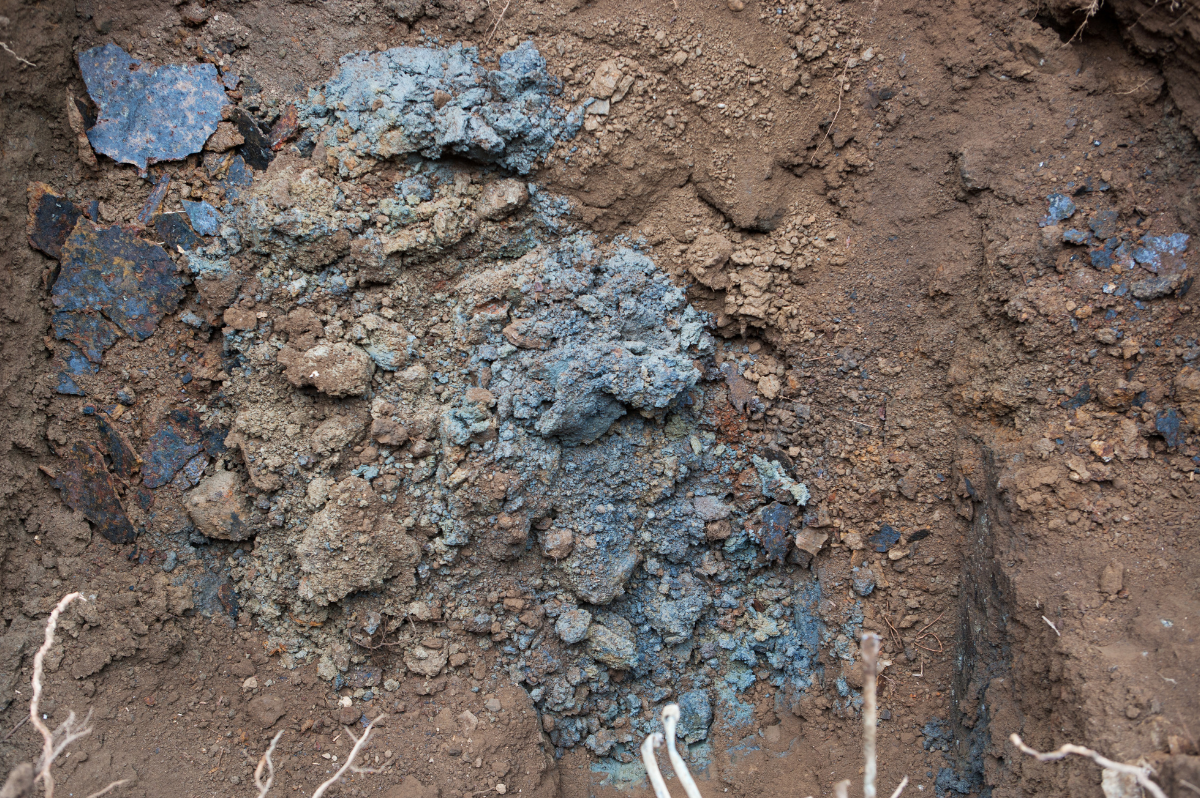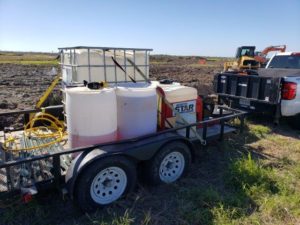Dig and Haul vs Microbial Bioremediation
There are two common types of environmental remediation, which are “Dig and Haul” and “Microbial Bioremediation.” Each method has its own set of advantages and considerations that should be taken into account. Let’s delve a bit deeper into the comparison between these two methods.
Dig and Haul:
Dig and haul is a conventional method in which contaminated soil or waste is excavated and transported to a designated disposal facility. Here are some key aspects to consider:
Pros:
Effective Contaminant Removal: Digging and physically removing the contaminated material directly eliminates the pollution source, ensuring efficient removal.
Established Method: Dig and haul has been widely used for many years, and its processes and logistics are well-understood by environmental professionals.
Applicable to Various Contaminants: This method can be applied to a broad range of contaminants, including heavy metals, petroleum hydrocarbons, and other hazardous substances.
Cons:
Soil Disturbance: Excavation activities can disrupt the soil structure and natural characteristics, potentially affecting the ecosystem and soil quality.
Disruption and Cost: Dig and haul activities can cause disruptions to the site and surrounding areas, such as noise, traffic congestion, and inconvenience to the local community. Moreover, it can be an expensive method due to the costs associated with equipment, labor, and transportation that may be otherwise avoided using in situ remediation methods.
Limited Treatment Options: Dig and haul often requires off-site disposal, which can be challenging if suitable disposal facilities are not readily available.
Microbial Bioremediation:
Microbial bioremediation, involves using microorganisms to break down or transform contaminants into less harmful substances. Here are some key considerations for this method:
Pros:
Natural and Sustainable: Microbial remediation utilizes naturally occurring microorganisms, reducing the need for chemical interventions and promoting sustainable practices.
Targeted Approach: Microbes can be selected or engineered to degrade specific contaminants, allowing for a more focused and efficient remediation process.
In Situ Remediation: Bioremediation can often be conducted in situ, meaning it can be performed on-site without the need for excavation or transportation. This minimizes disturbances and associated costs.
Cons:
Contaminant Specificity: Not all contaminants are easily treatable through microbial bioenvironmental remediation. Some pollutants may be resistant to microbial degradation or require additional treatment methods.
Time Considerations: Bioremediation is generally a slower process compared to dig and haul, as it relies on the activity and growth of microorganisms. It may require longer-term monitoring and management to ensure complete remediation.
Site Suitability: The success of microbial remediation can be influenced by factors such site structures, utilities, and soil conditions, temperature, moisture levels, and contaminant concentrations. Site-specific characteristics must be carefully evaluated to determine the feasibility of this method.
In conclusion, both dig and haul and microbial bioenvironmental remediation have their strengths and limitations in environmental remediation. Dig and haul offers immediate and effective contaminant removal but can be disruptive and costly. On the other hand, microbial bioenvironmental remediation provides a natural and targeted approach, although it may require careful assessment of site suitability and longer timeframes. Environmental consultants should evaluate project-specific factors and goals to determine the most appropriate method for each remediation scenario.
Project Spotlight:
Due Diligence and Remediation of Residential Subdivision Development in Rockport, Texas

Prior to the real estate closing, CRG Texas was contracted by the prospective purchaser of the property to conduct Phase I and II environmental site assessments (ESAs), and to prepare estimates for additional assessment, corrective action, and regulatory agency reporting.
Following the real estate closing, CRG Texas was contracted to provide environmental consulting services to include:
- Railroad Commission of Texas (RRC) Voluntary Cleanup Program (VCP)
- Applications and Corrective Action Plan (CAP)
- Soil and Groundwater Remediation, Assessment, and RRC Reporting
- VCP Certification of Completion and Restrictive Covenant Filing


